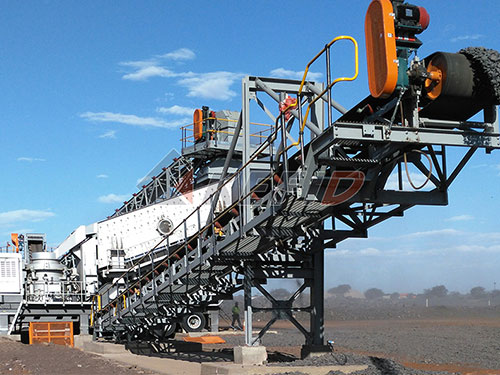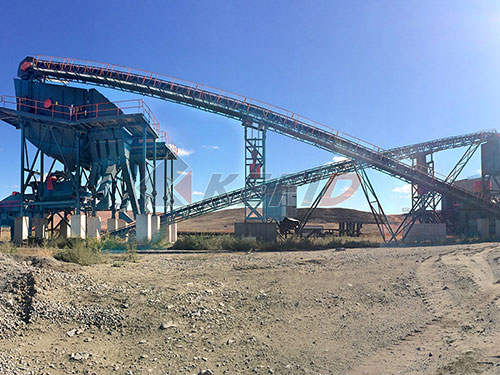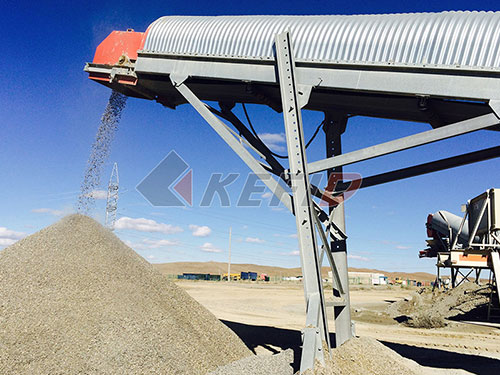The Indispensable Giants: Understanding Stone Crushers and Their Role in Modern Industry
Stone crushers are the unsung heroes of infrastructure development and resource extraction. These powerful machines transform massive boulders into aggregates of precise sizes – gravel, sand, crushed stone – essential ingredients for building the world around us. From towering skyscrapers to intricate road networks and resilient dams, stone crushers provide the foundational materials that shape our civilization.

The Core Mechanism: Breaking Down the Process
At its heart, a stone crusher applies mechanical force to break rock into smaller fragments through compression, impact, shearing, or attrition:
1. Feeding: Raw material (run-of-mine rock or blasted quarry stone) is loaded into the crusher via a feeder.
2. Crushing: Depending on the type of crusher:
Jaw Crushers: Utilize two massive jaws – one fixed, one moving – that compress rock against each other until it fractures.
Cone Crushers: Employ a gyrating mantle within a concave bowl liner; rock is crushed by compression as it falls between them.
Impact Crushers: Use high-speed rotors fitted with blow bars that violently hurl rock against breaker plates or aprons (impact force), or crush it between hammers/anvils.
Gyratory Crushers: Similar to jaw crushers but with a conical head gyrating within a larger conical bowl; ideal for primary crushing of very hard feed.
3. Screening & Grading: Crushed material often passes through vibrating screens to separate particles into specific size fractions (e.g., 0-5mm sand, 5-20mm aggregate).
4. Conveying: Belts transport both raw feed and finished products between stages and stockpiles.

Types and Their Applications:
Primary Crushers (Jaw & Gyratory): Handle the initial reduction of large rocks blasted from quarries or mines (up to 1 meter+) down to manageable sizes (100-250mm). They prioritize robustness and capacity.
Secondary Crushers (Cone & Impact): Further reduce material from primary crushing to smaller sizes suitable for concrete aggregate or asphalt mixes (typically down to <50mm). Cone crushers excel at producing cubical shapes; impactors offer versatility and good shape in softer rock.
Tertiary/Quaternary Crushers (Specialized Cone &

Leave a Reply